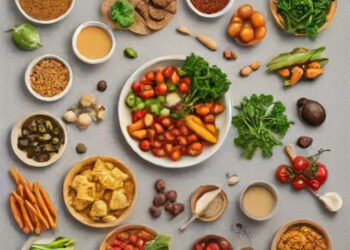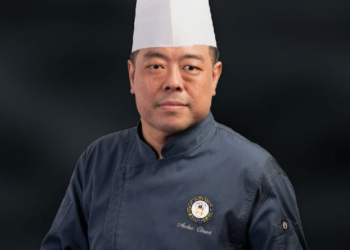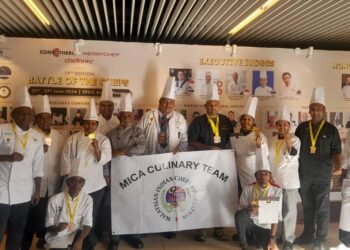B Swaminathan
Innder is currently the food innovation in-charge at Sumeru. Born and brought up in North Karnataka, Innder brings to his platter professional discipline blended with smoking-hot creativity, garnished with a fresh approach to honest food and original presentation. He has also worked with big names in the hospitality sector like The chancery pavilion, California Burrito, Bloomsbury’s Boutique café and Artisan Bakery, Compass group support and services India and more. In an exclusive interaction with Chef Bharath, he speaks on various aspects
Which are the most important occupational issues faced by Indian chefs in terms of delivering quality food??

Every profession has its own occupational issues. For Indian chefs, there are many. From keeping up with the market trends to the procurement of the right ingredients. From maintaining the consistency to retaining the co-workers/junior chefs. With the food industry growing exponentially, it is very difficult to find the right people for the right job. Even if we build a team of well-experienced chefs, it is difficult to retain them due to growing competition. With the advent of fusion-comfort food, the scope for upholding the authenticity of food has faded away. Thus, putting the quality and consistency in jeopardy.
According to you, what the ways, the key trends you notice in the food consumption factors among the eaters in recent days?
Of course, the key factor is hunger but, as the trends are evolving so are the choices. what we choose to eat is not determined solely by physiological or nutritional needs, there are a lot of many aspects that have a huge influence. One of the most common is healthy food which is Instagram friendly. Most consumers like to update their diets/regularly consumed meals on social media platforms. The rise of vegan, keto, paleo foods has kept the food business on its toes where the chefs get a lot of opportunities to be creative.
What are the unique aspects of your kitchen and what are the efforts you take to ensure the guest is consuming quality food?
My kitchen’s design is based on the menu we cater to the consumers, the chefs working in the kitchen are comfortable passing the orders during peak hours of operations with ample space to do the mise-en-place for the next day. There are sections dedicated for the preparation of various food items and those are installed with modern equipment to ensure the workflow is smooth. Hiring the right people for the right job, training them and keeping a tab on every stage of the workflow to ensure that the food is being prepared under right circumstances. Biggest challenge chefs face is regarding the quality of food, slight negligence, and the food is inconsistent. There are SOP’s (standard operating procedures), set recipes with accurate measurements, which have been tested 3-4 times before finalizing, and chefs who are trained well enough to handle critical situations. All of these factors play an equal and important role in maintaining the quality and consistency of food.
How do you see the constant fluctuation of the food materials and how are you ensuring it does not impact the quality of food?
As the demand increases, the price of ingredients also sees a surge proportionally. One major component which determines the kitchen cost is how well a particular ingredient is used. Also known as inventory management. Using one ingredient in multiple recipes, implementing more than one method of cooking, always trying to find an alternative for the most expensive ingredient/product, negotiating with the vendors for annual delivery contracts and adopting local ingredients as substitutes help me in ensuring there is less to no impact on the quality of food.
What are the top qualities you expect from a food product company while using it for your dishes?
Availability, accessibility, distribution, quality, and pricing. Unlike yesteryears where it was seemingly difficult to procure ingredients, current market trends have made the processes a lot simpler. With modernization and globalization at its peak, it has become very easy to procure any type of ingredient from anywhere in the world. Being a chef, I prefer using frozen products due to the higher shelf life. It helps in cutting down the wastage and maintaining quality is not an issue. 30 % of the ingredients are frozen. This also helps the chefs in the kitchen to focus more on the quality and it puts less pressure on deliverables.
What are the plans you have in terms of new menu items?
It is well known that a restaurant or a food joint cannot survive without rehashing the menu every often. The consumers have to be kept invested in the menu. We as a team practice an exercise called menu engineering, where a slow-moving product is identified and replaced with a new and unique product. Everything depends on the demand, if consumers need modern and trendy, we cater to it according to their needs. As I said earlier healthy, vegan and paleo foods are taking over the food world.







